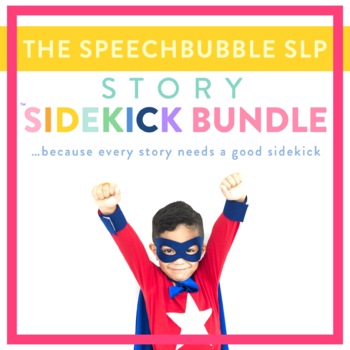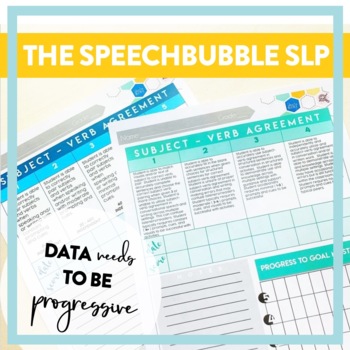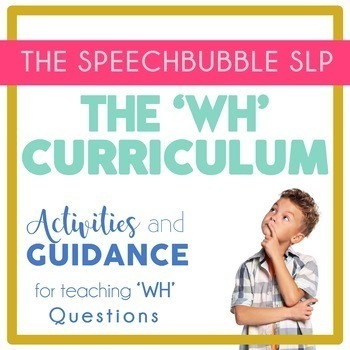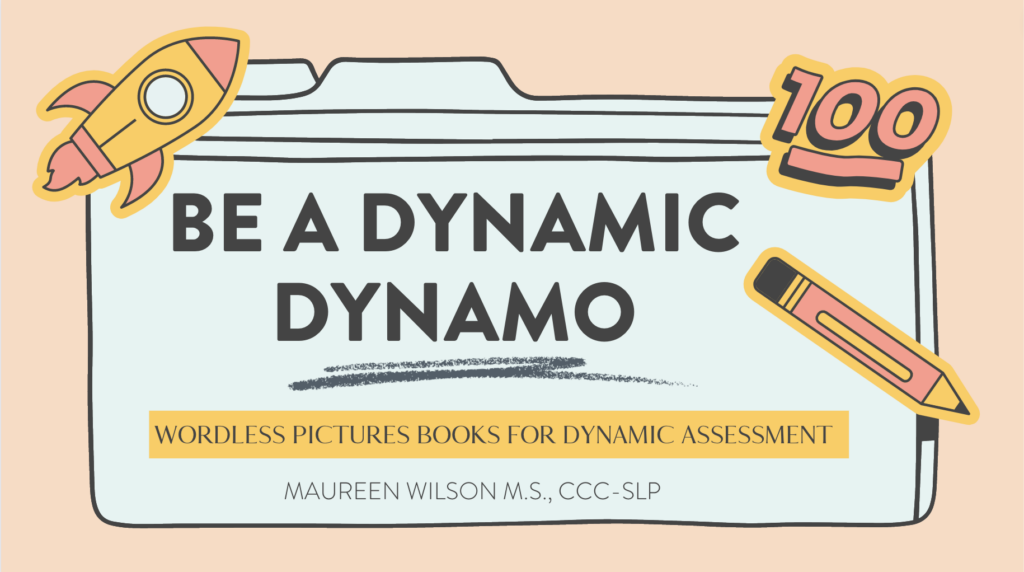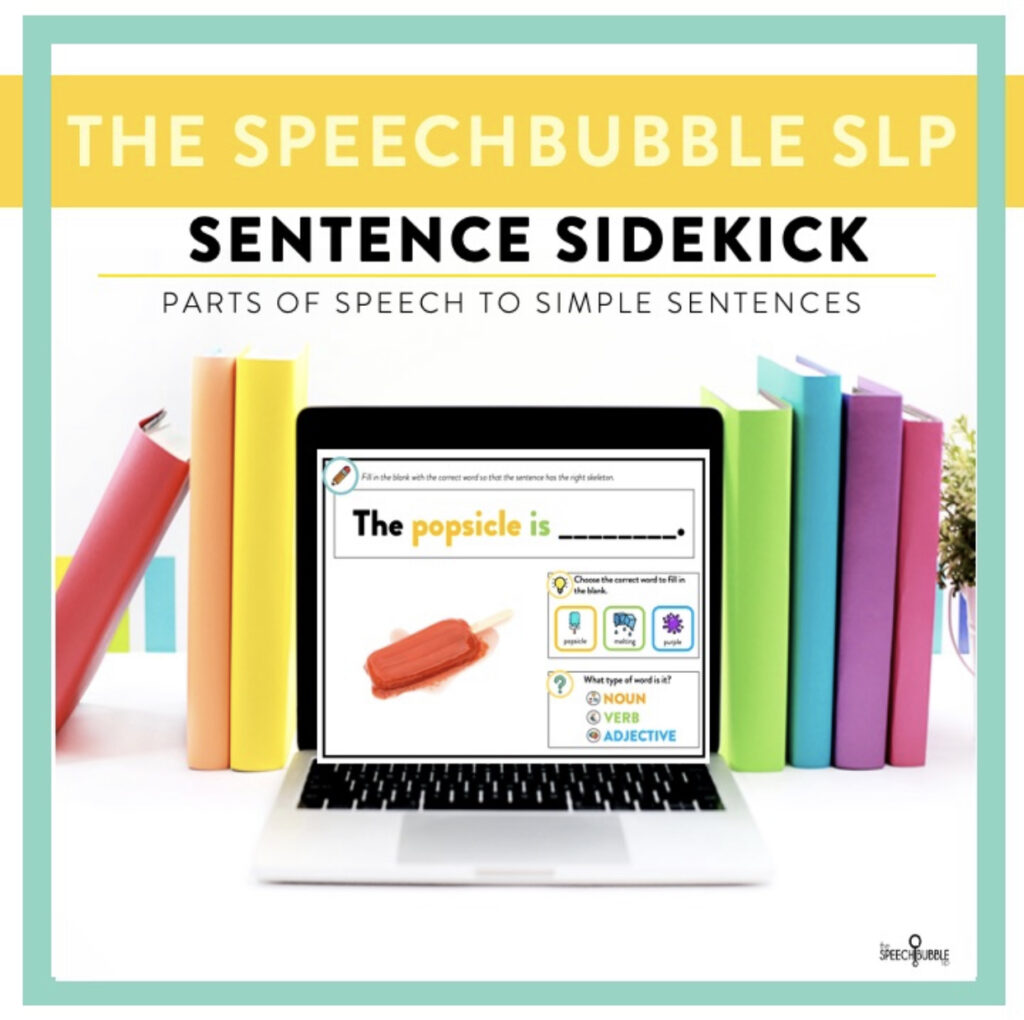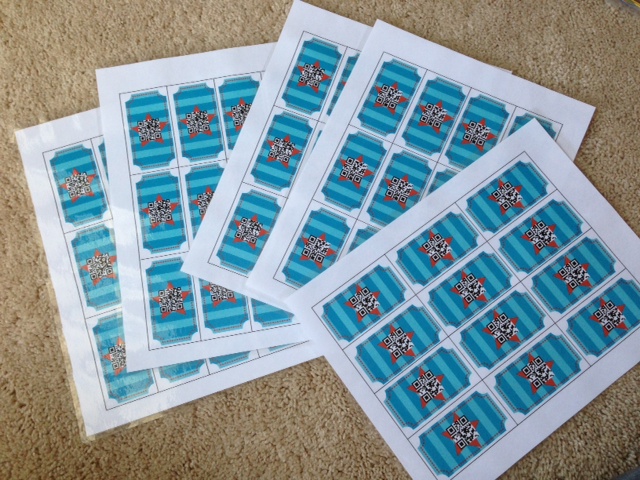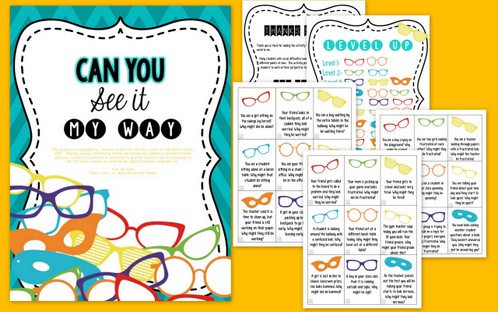When people hear ‘Speech Therapy’, they typically do not think about pictures and visuals in speech. They probably are going to think about sounds and words. Since people do not typically think of visuals when it comes to speech ( unless they know someone who uses them already ) then it can confuse or surprise some parents and teachers when we recommend incorporating visuals into the home and classroom.
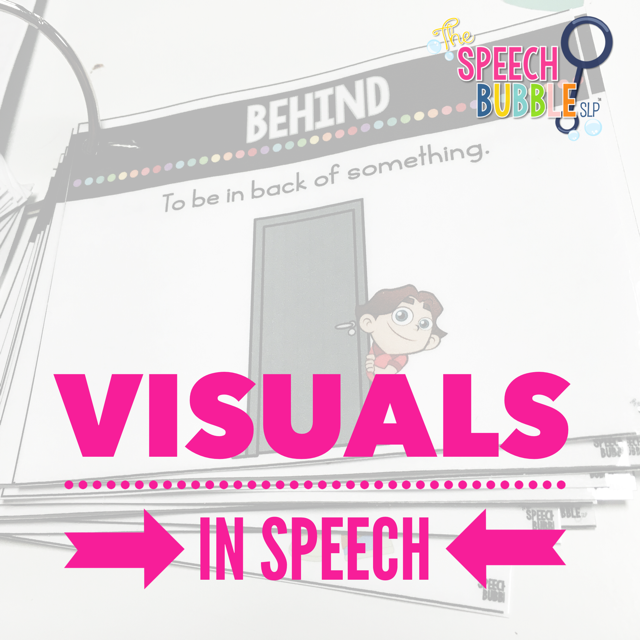
First, let’s think about how often typical, as in those with no diagnosed difficulties, use visuals. Do you use a day planner? I do! This is a visual strategy. I can just look at my planner page and see what I have scheduled. Have you ever lost your car in the parking lot? I have. So the next time I took a picture on my phone of the section my car was parked in so I could find it quickly and not walk around for 10 minutes pressing the panic button and listening for the screech of the alarm. This is another visual strategy.
Do you utilize things like stop signs, green lights, and animal crossing signs when you’re driving? Yup, more visuals.
Do you recognize logos like McDonald’s, Taco Bell, or Wendy’s? You got it, more visuals.
On Linda Hodgon’s website she has a great explanation of what visuals can do for those with communication difficulties. “It is important to realize that visual strategies are used to help students UNDERSTAND better. They help students understand what we are telling them. They help students comprehend more about what is happening in their lives. Visual strategies provide a way to help with memory and organizing thinking. “
Now, when I say visuals for communication or speech are you thinking about things like AAC devices or PECs? Those are common visual supports/communication methods we use to help those who struggle to express themselves do so as effectively as possible, but those are not the only kind of visuals we should be thinking about. What about for our students who don’t need a device to communicate their wants and needs but need help understanding different verb tenses or antonyms. Why not use visuals for these?
I noticed while working on regular past tense verbs with a student that she needed some visual support. She didn’t understand that ‘-ed’ could make one sound and the end of word and need to see this to understand since my verbal explanations were not cutting it. I drew the letters for the corresponding sounds on the table. This helped when she could see what the ending was supposed to sound like.
I ended up making a pack of grab and go visuals to take around with me for when these moments came up. You can see more pictures HERE.

When it comes to articulation most apps these days have some feature that shows the tongue position needed to get proper sound production. ArticulateIt! by Smarty Ears has some nice ones.
So when your students are struggling and explanations just won’t do, don’t forget that sometimes seeing the information can be just helpful as hearing the information.








